Varmint Bullets (2011)
New Trends in Tiny Projectiles
other By: John Haviland | December, 25
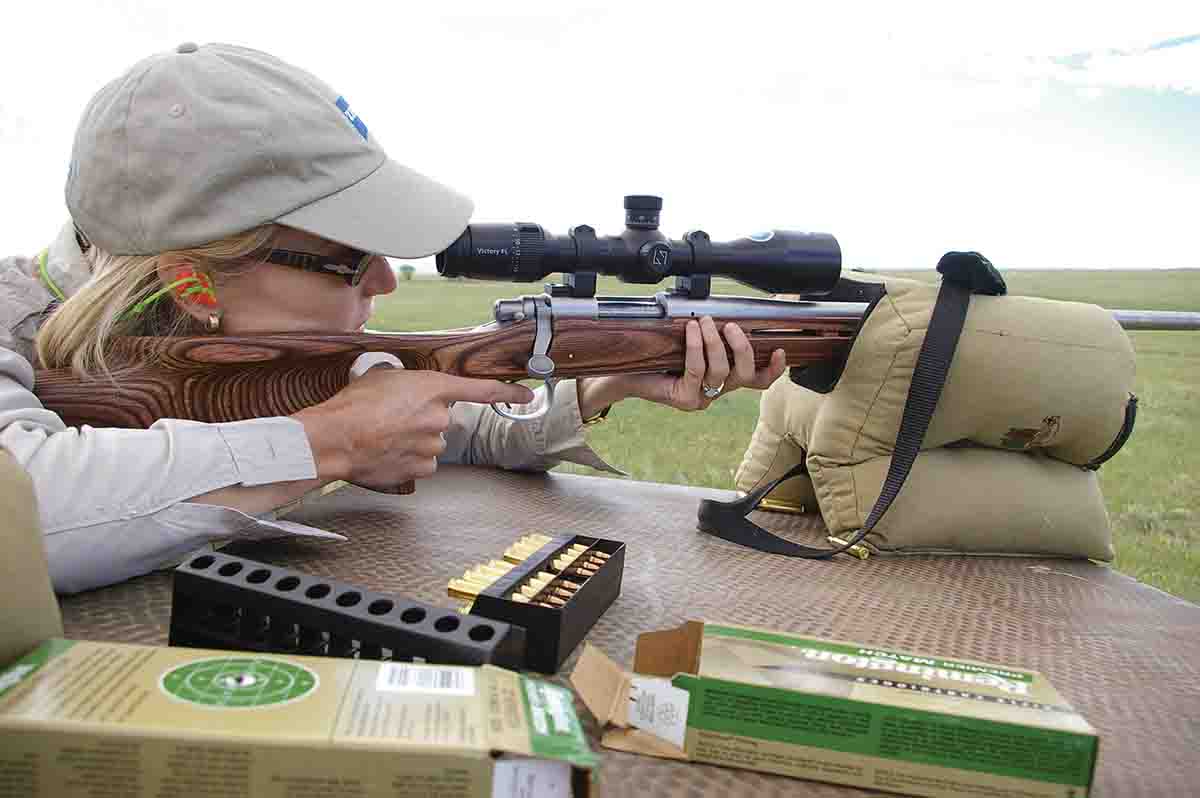
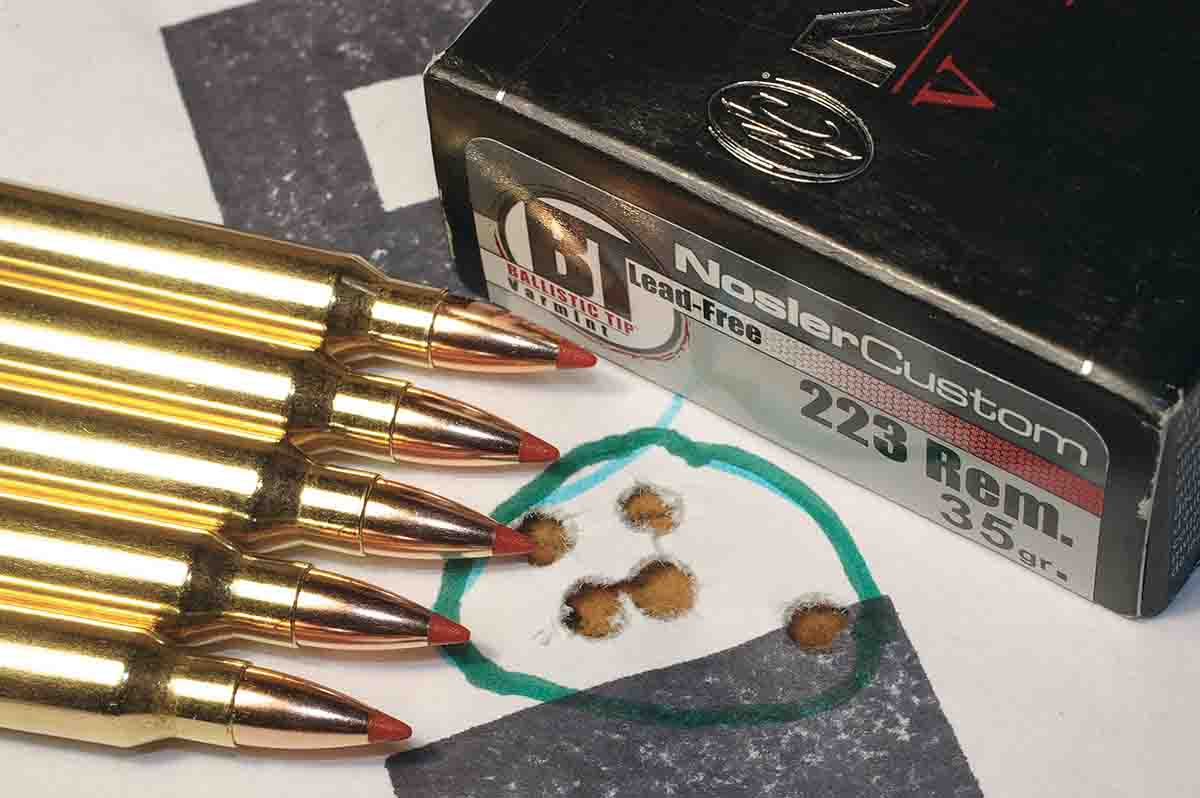
Lead-Free
A few areas in the country banned the use of bullets containing lead due to environmental concerns. On the plus side, these concerns, real or imagined, have been the impetus to create some great new bullets. Some of these lead-free bullets, like the Nosler Ballistic Tip Lead-Free, contain a compressed copper core surrounded by a gilding-metal jacket. The Remington Disintegrator Varmint has an iron core while the Barnes Varmint Grenade holds a composite copper and tin core. The core of the Speer TNT Green consists of compressed polymer and powdered tungsten. Depending on which particular bullet in Hornady’s NTX line you choose, cores are made of powdered tungsten, iron or copper.
These cores are all lighter than lead, which makes the bullets relatively long for their weight. The Barnes .22-caliber, 50-grain Varmint Grenade has a flat base, yet it measures .85 inch in length and requires a rifling twist of 1 in 10 inches or faster to stabilize it. Most of these bullets, though, weigh on the light side so they are the correct length to stabilize in rifles with standard twist rates. The Hornady NTX .204-caliber bullet weighs 30 grains, while the Speer .22-caliber TNT Green bullets weigh from 30 grains for the .22 Hornet to 43 and 50 grains for such cartridges as the .223 and .22-250 Remingtons. The Nosler Ballistic Tip Lead-Free (BTLF) .22-caliber bullets weigh 35 and 40 grains, and the .24 caliber weighs 55 grains.
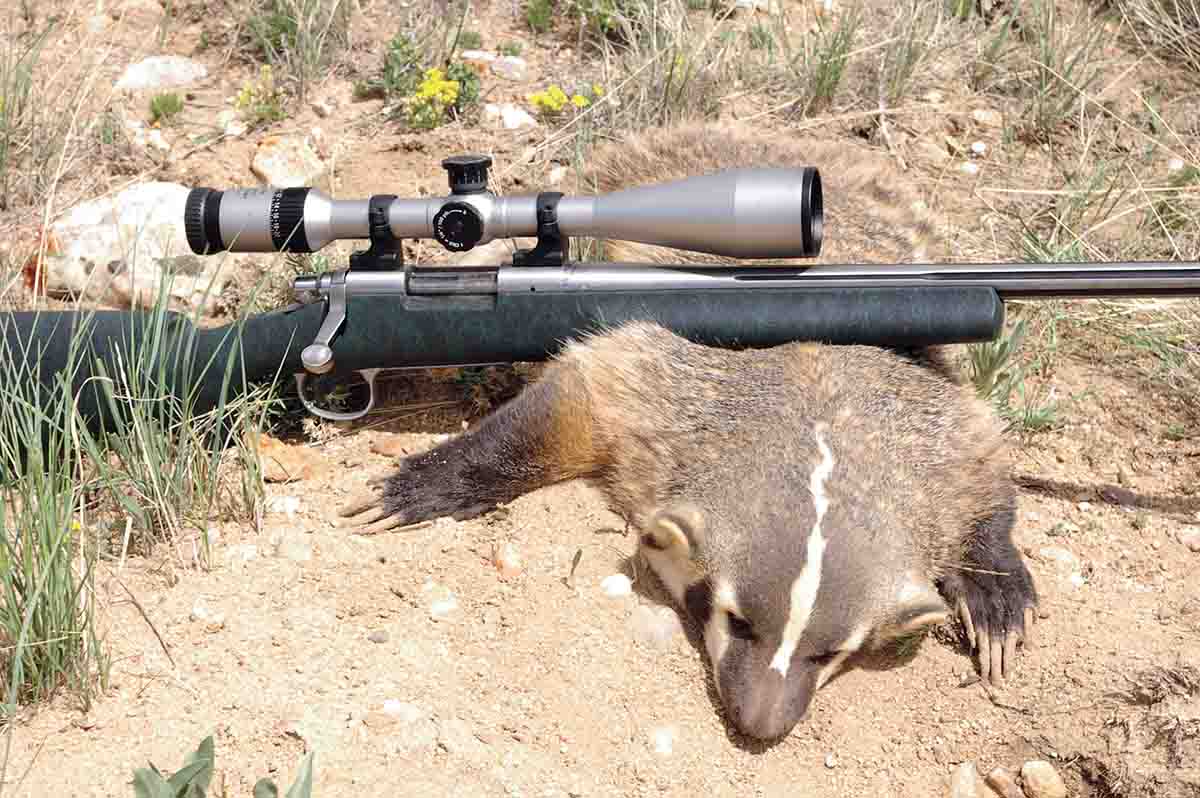
.jpg)
Controlled Expansion
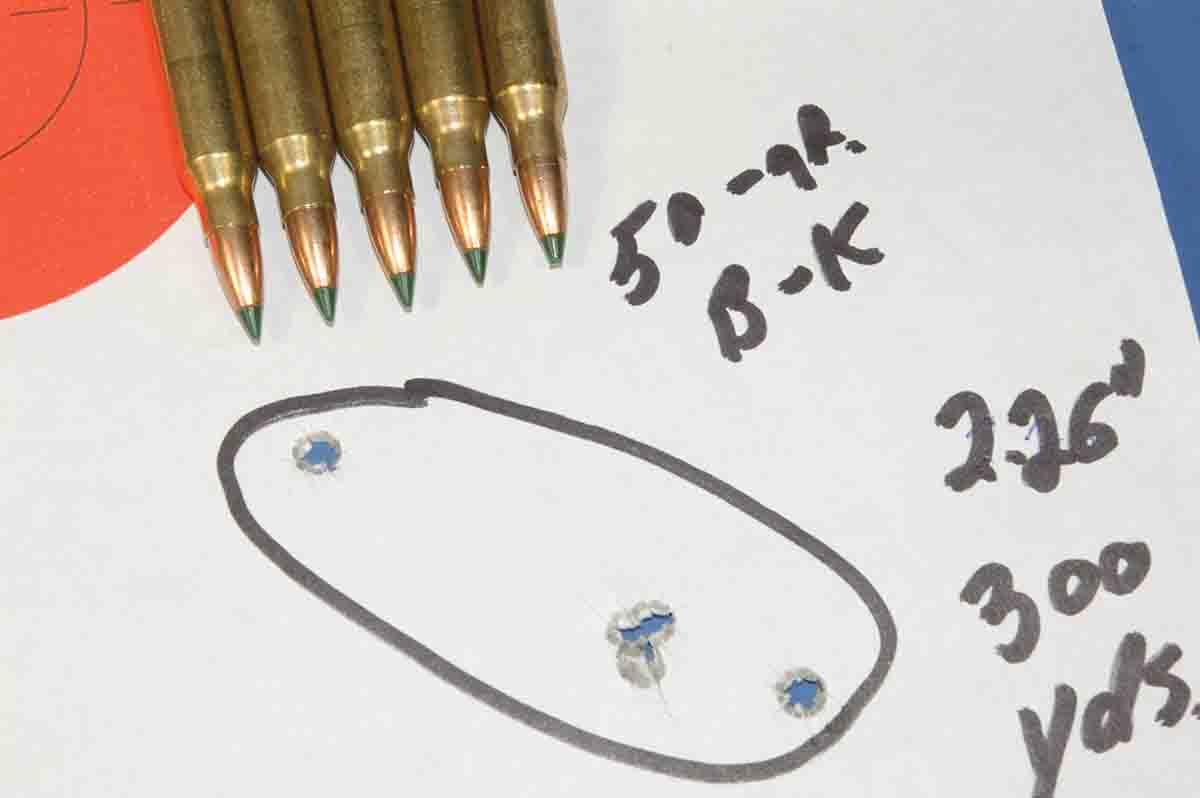
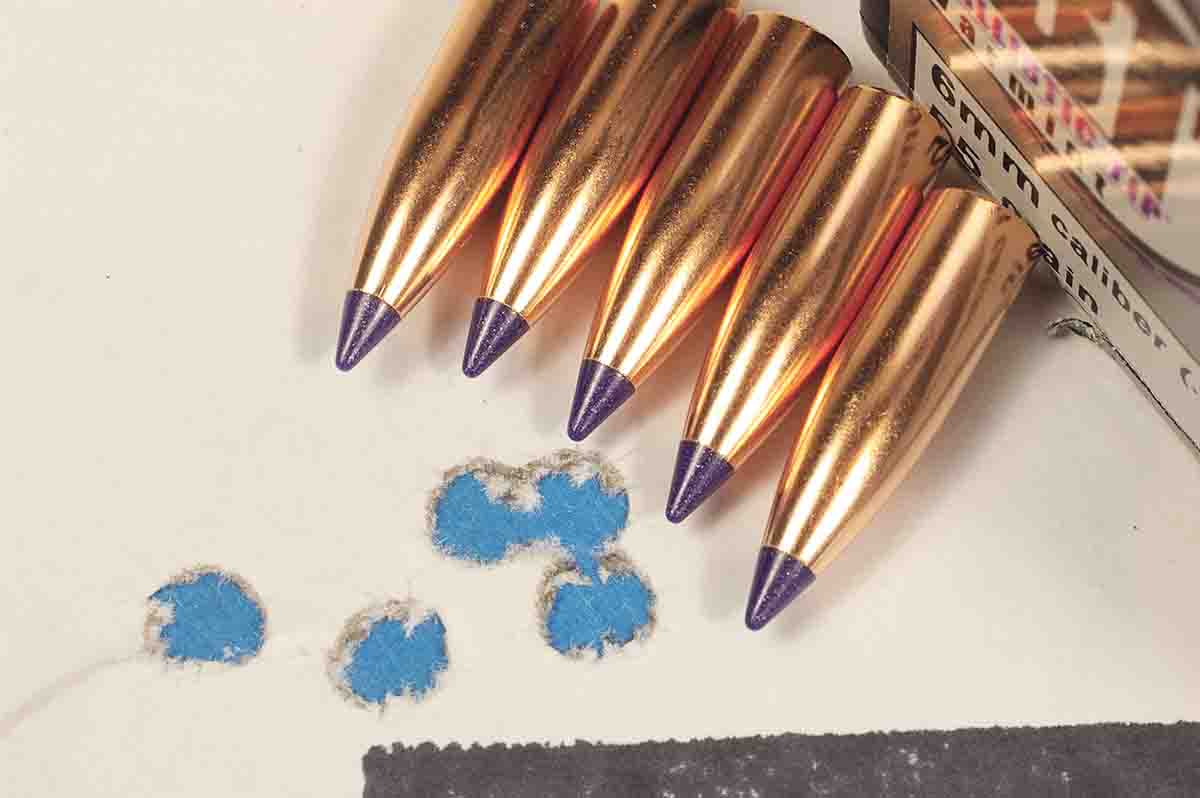
A few years ago, I loaded all-copper Barnes .22-caliber, 53-grain Triple-Shock bullets in the wildcat .22-6mm Remington cartridge at somewhat over 3,900 fps. My son liked the cartridge and rifle so much, he used it antelope hunting that fall and killed his buck with one shot. I continued hunting, but I kept hearing shooting from where he was supposed to be dragging out his buck. When I returned I walked past dead prairie dogs spread all over the place. My son was down to his last few cartridges, and I cringed at the thought of all the money he had blown through the barrel. But he was delighted with himself, so what the heck.
A more realistic and monetarily responsible approach is to shoot these bullets at furbearers like coyotes and fox. Pelt damage has been minimal on the coyotes I’ve shot with these bullets. I shot a coyote at 50 yards with a Norma 55-grain Oryx bonded bullet that was still traveling 3,600 fps from the .22-250. The entrance hole was about the size of a quarter, and the exit hole was not much larger than bullet diameter. The Oryx’s core is cut from pure lead wire and inserted into a thick jacket of 95 percent copper and 5 percent zinc, along with flux. The bullet is heated enough to melt the core and the flux bonds the core to the jacket. Final forming completes the somewhat blunt nose of the bullet.
Other bonded bullets have a much sharper tip. The Swift .22-caliber, 75-grain Scirocco II has a secant nose and a plastic tip that produces a bullet with a high ballistic coefficient of .419. A rifling twist of 1 in 8 inches, though, is required to stabilize this long bullet.
Long-Range
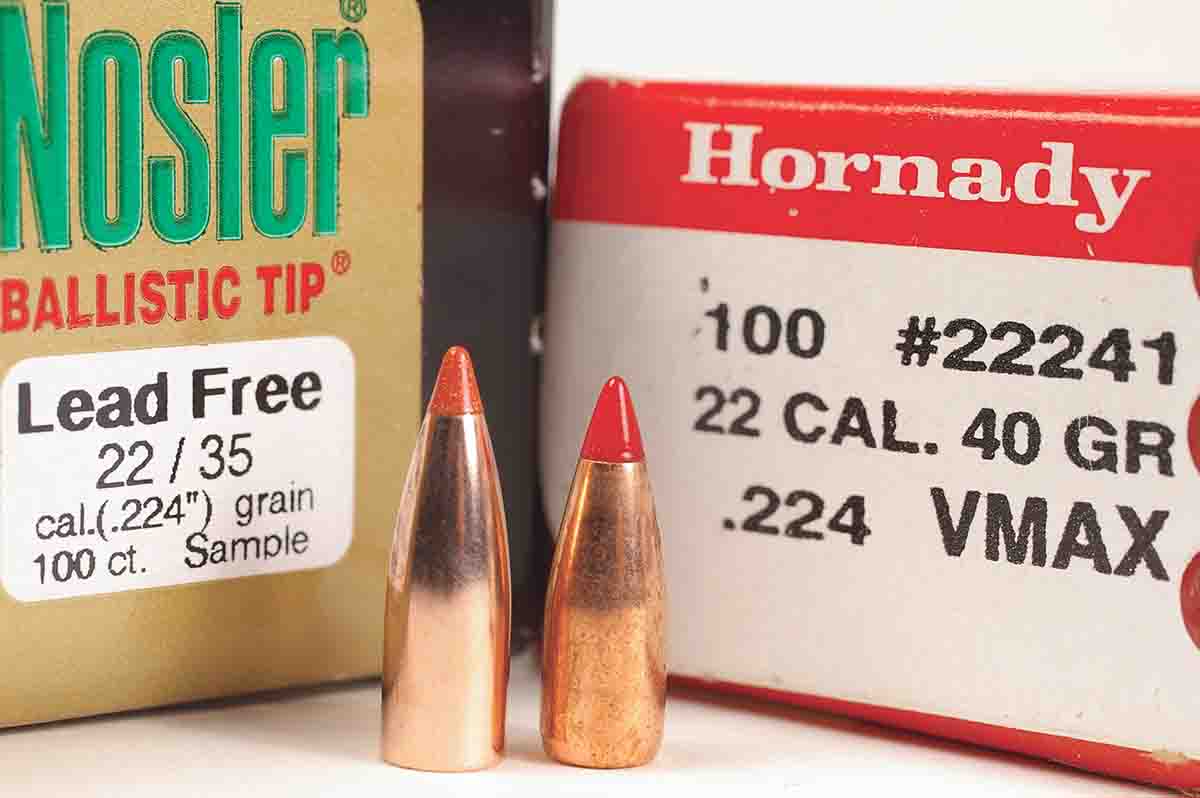
The advantage of these bullets is less drift in the wind, not a flatter trajectory. Sierra Bullets’ “Infinity” ballistics program calculations for the trajectory and wind drift of the .223 can be seen in Table 1. A 69-grain bullet trades about 4 inches of additional bullet drop for 9 inches less drift in a 15-mph wind at 500 yards when compared to a 50-grain bullet.
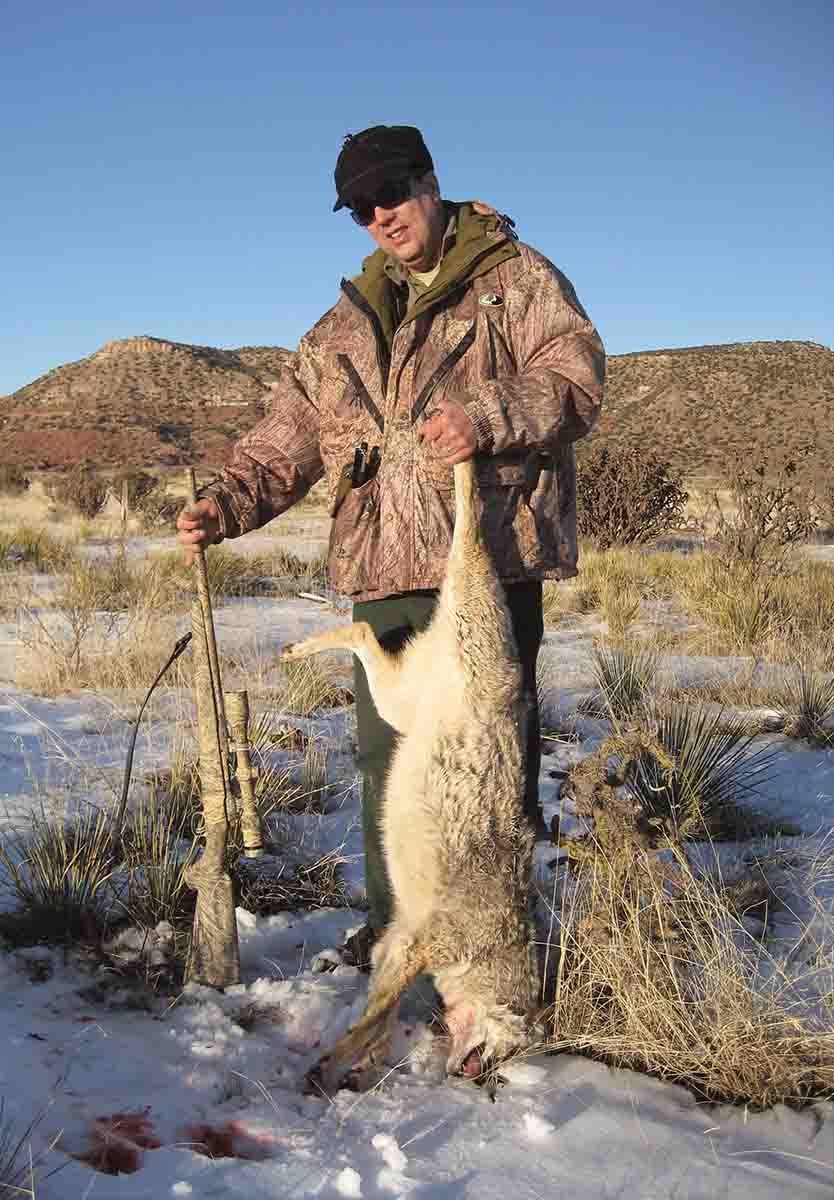
These heavy bullets also usually expand violently on small game, like ground squirrels and prairie dogs. The only negative with these bullets was that they developed enough additional recoil, compared to lighter bullets, that the sight picture was lost in firing. Last winter I shot a coyote with a Sierra 69-grain Match bullet from a .223, and the coyote dropped dead in its tracks. The bullet penetrated deeply, entering the coyote’s flank and zipping out its chest. The front and backdoor holes were about the size of a dime. I liked that; the coyote did not.
Light-for-Caliber
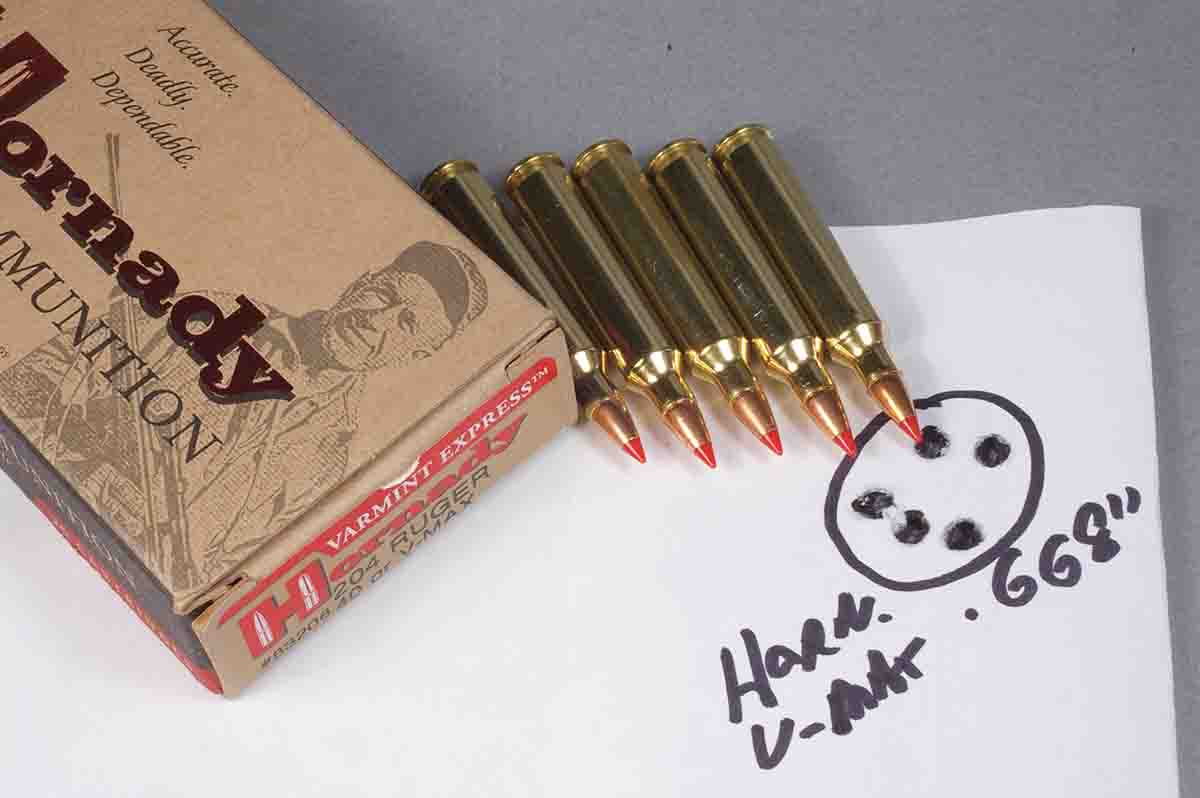
For instance, by simply inserting a polymer tip on a bullet (and adding a slight boat-tail) the Sierra .22-caliber, 40-grain BlitzKing has a BC of .196, compared to the .155 BC for the Sierra 40-grain hollowpoint. At the same initial velocity of 3,700 fps from a .223, the BlitzKing is going 205 fps faster and drops 1.53 inches less at 300 yards than the hollowpoint bullet. At 400 yards the BlitzKing’s velocity advantage is about the same, and its drop is 4.46 inches less.
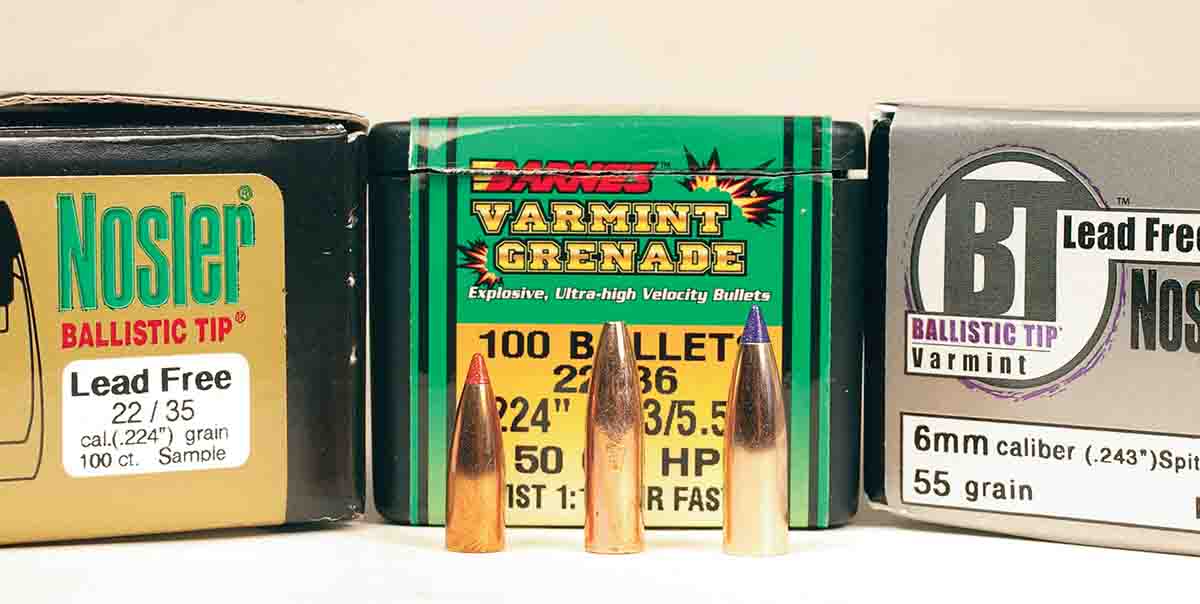
Plastic-tipped 40-grain bullets, whether BlitzKings, Hornady V-MAXs or Nosler Ballistic Tips, have made the .223 Remington into one of the great long-range prairie dog cartridges. At a maximum velocity of 3,800 fps, one of these 40-grain bullets drops about 2 inches less at 300 yards and 3.5 inches less at 400 yards than a plastic-tipped 50-grain bullet starting out at 3,400 fps. But enough numbers. Load your favorite varmint cartridge with one of these light bullets, sleek and heavy bullets, controlled-expansion bullets or lead-free bullets and get out there and have some fun.
.jpg)


.jpg)
.jpg)